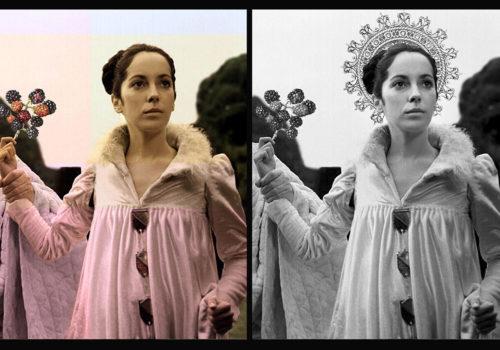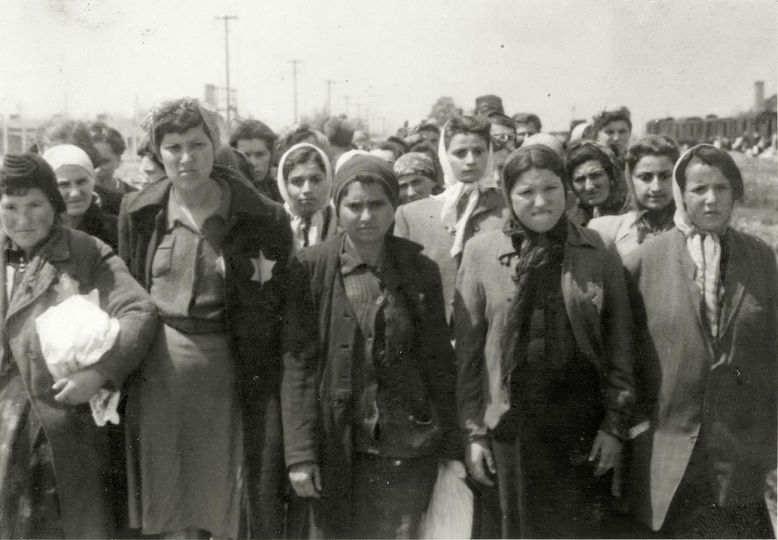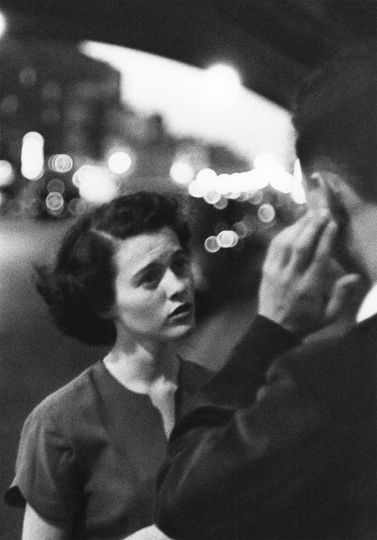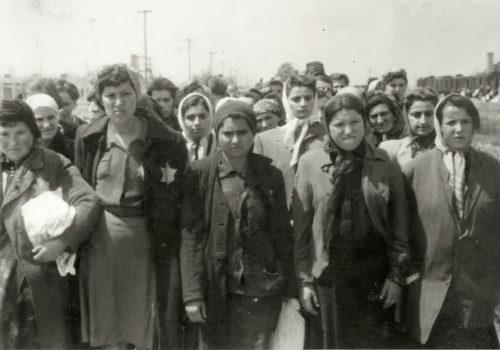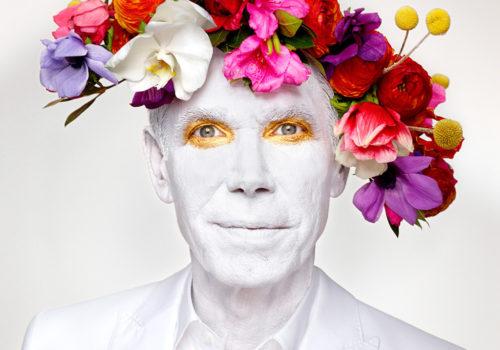VisionQuesT 4rosso presents the exhibition Sulla Spietatezza Dei Colori (On The Ruthlessness Of Colours) -Pasolini and photography by Carla Iacono.
In September 1970 Pier Paolo Pasolini, during an interview for the Italian magazine Progresso Fotografio, spoke of the use of photography in his cinema: initially in b/w, particularly poetic for him, up to “Uccellacci e Uccellini,” and then in colour, disappointing for him in seeing the difficulty of faithfully reproducing it in the development and printing phases o his films.
He revealed that since then the locations and landscapes chosen for his films were often already chromatically selected, sometimes with few dominant colors, as he became aware of the difference between the performance of the camera, capable of ruthlessly capturing all possible colours, and the actual more limited human perception. Thus he created a sort of setting of the formal construction, including colours and light, to enhance the expressive charge of the image by activating psycho-perceptive mechanisms.
In the diptychs on show, Carla Iacono analyses precisely this approach, declining some of Pasolini’s cinematographic stills in as many diptychs which include a chromatically altered image associated with a b/w image.
They are evocative images that try to go beyond the surface, with references to Pasolini the painter and art history scholar, aspects perhaps less known but equally important for understanding Pasolini’s cinema.
In addition to three diptychs dedicated to Teorema, already exhibited in The Netherlands and Italy on the occasion of the 100th anniversary of Pasolini’s birth, there are four unpublished diptychs, created specifically for the exhibition, dedicated to the Trilogy of Life (Decameron, The Canterbury Tales, The flower of the Arabian Nights) and Medea.
The images used portray only female characters, purposely offering us a reflection on the importance of female figures in Pasolini’s work; in addition to the chromatic alterations, in line with Iacono’s more recent works, there are collage elements that recall the strong symbology used by Pasolini in his masterpieces.
The exhibition is completed by an installation inspired by Pier Paolo Pasolini’s poem “Marilyn”.
Carla Iacono lives and works in Genoa, using photography and installations as expressive media.
Her work focuses on the themes of body and the metamorphoses, often examining adolescence and the rites of passage as an extraordinary mechanism of defence, courage and adaptation.
In her latest works she touches on the delicate subject of the exploitation of cultural differences, enriching her research with reflections on the difficulties of dialogue that more and more, generate dramatic events.
Fascinated by the contamination between images and texts, she has published various illustrated books with photographs and collages.
Iacono’s works are present in public and private collections and published in numerous catalogues of exhibitions in Italy and abroad such as the Musinf (Museo d’Arte Moderna dell’Informazione e della Fotografia) in Senigallia and the Museo Nazionale del Cinema in Turin.
Iacono’s recent exhibitions in 2017 include “Fairy Glaze” at TREVIGNANO FOTOGRAFIA 2017 and the collective “TONALITA’ TANGIBILI” at the Museo del Cinema in Turin and in 2018 “Re-velation” which is touring numerous Italian Diocesan Museums such as the the ones in Genova, Trento, Fidenza and Catania and the collective LA POTENZA DEL PENSIERO currently at the l”Ambasciata d’Italia” in Bern, Switzerland.
Carla Iacono : Sulla Spietatezza Dei Colori (On The Ruthlessness Of Colours) – Pasolini and photography
From June 16 to July 29, 2023
VisionQuesT 4rosso
Piazza Invrea 4r
16123 Genova, Italy
www.visionquest.it

